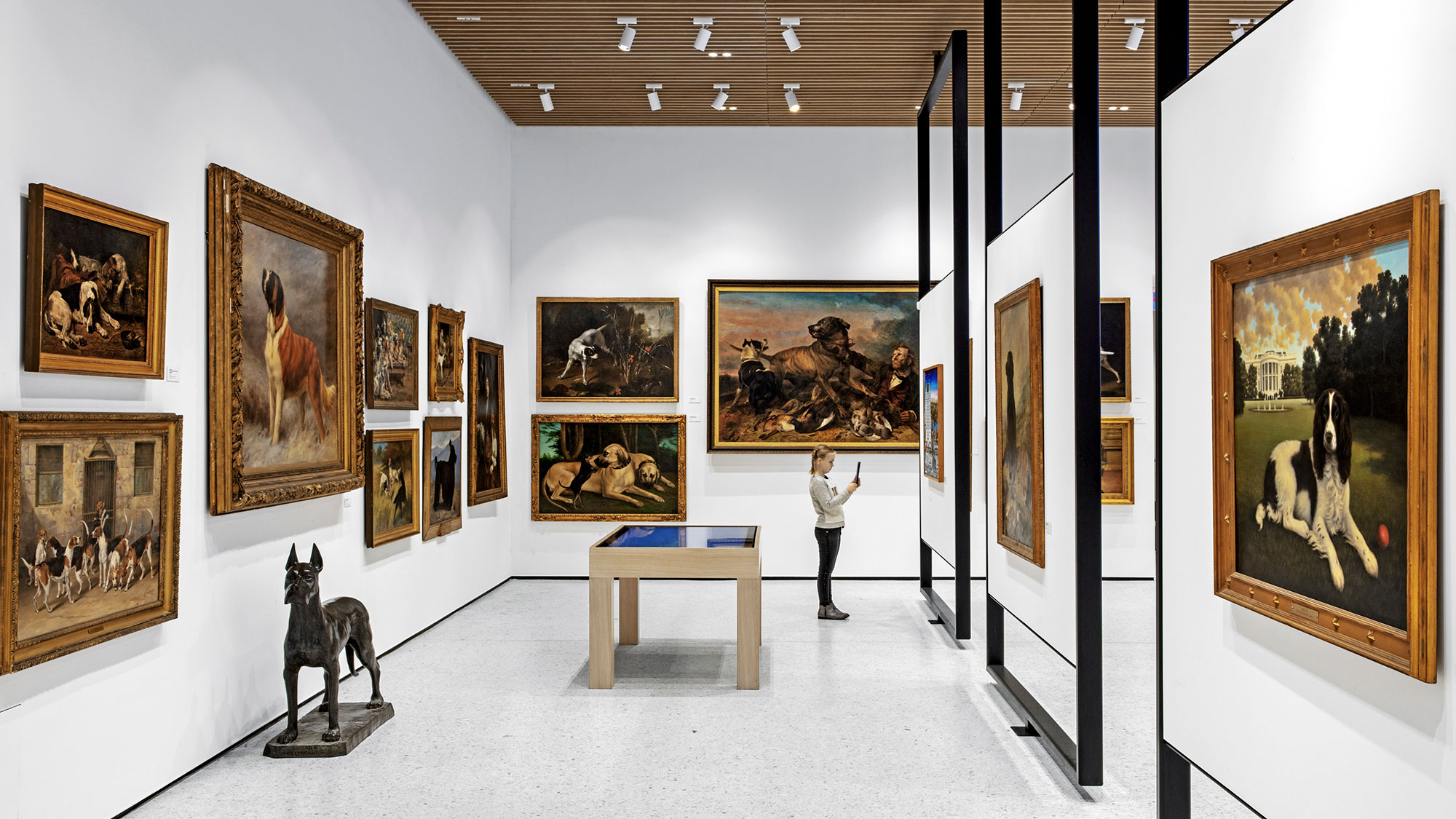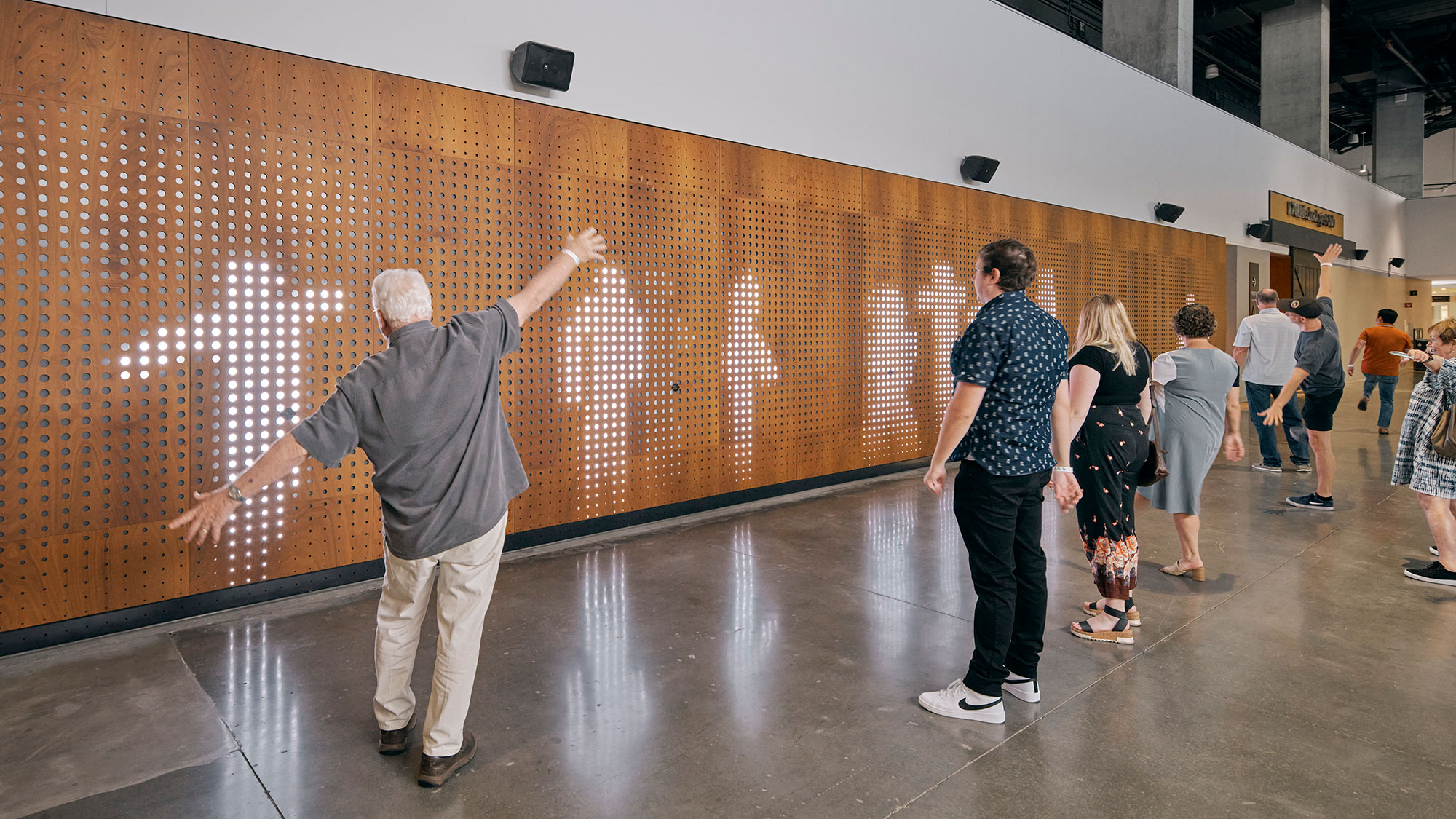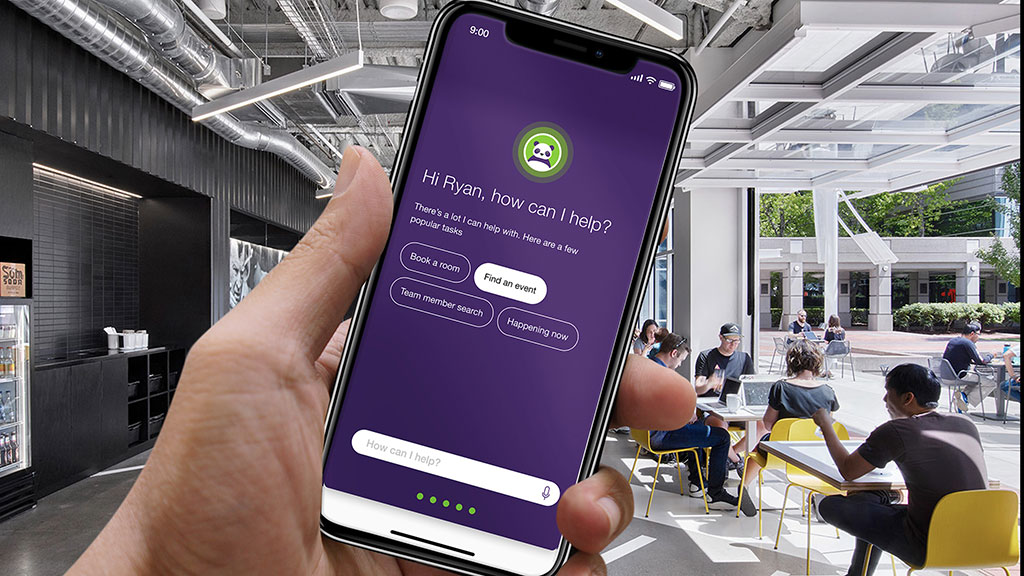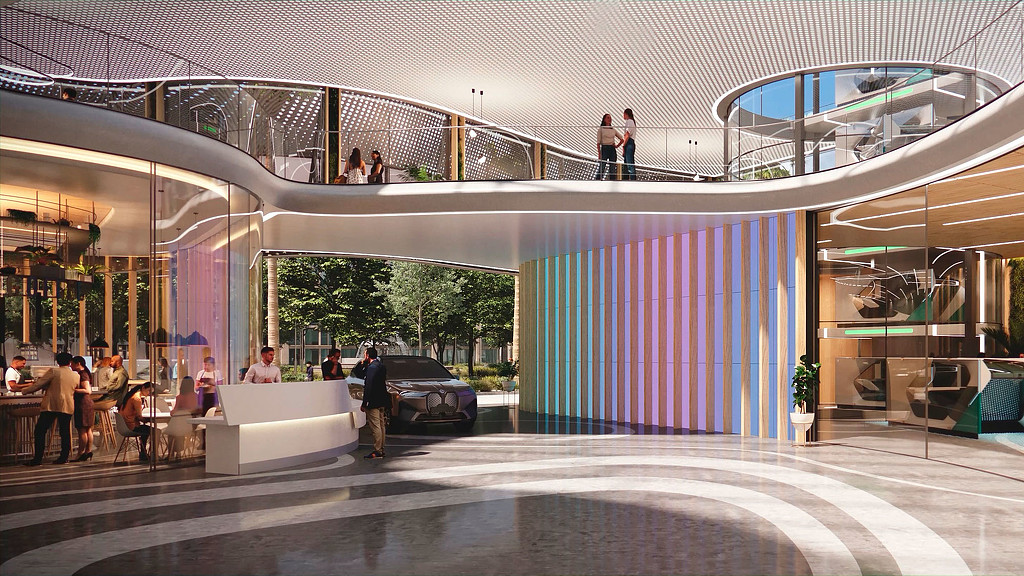AI and the Future of Smart(er) Cities
October 30, 2023 | By Hans Neubert
When Le Corbusier wrote Urbanisme in 1925, his book was one of the first to recognize an approaching “urban crisis.” Its main thesis is that such a vast and complicated machine as the modern city can only be made to function adequately with strict order and efficiency, and, of course, purposeful architecture. His study concludes that the whole urban landscape is one of wasted opportunities and inefficiency. According to MIT Press, Le Corbusier “proposes an alternative course, which is a bold and drastic reconstruction of the entire machine,” and he raises questions in this work that are still being raised today.
Almost 100 years later, our approach to design has evolved significantly since the Machine Age, and design thinking is placing people into the center of today’s design process. The smart cities of tomorrow must provide for everyone and be inclusive to accommodate those moving into cities, including vast numbers of migrants, while considering heritage, demographics, culture, and the urgent effects of the climate crisis.
A human-centered framework is needed to define the future of cities and detail the complex inputs that shape each experience, enabling designers to fine-tune options and create more nuanced and human-centered outcomes. City planners and designers will need to collaborate closely to evolve the relationship between individuals in cities and their dynamic context. Based on the ways in which cities will harness and leverage personal and public data, experiences could be customized and fine-tuned over time to create the best outcomes for citizens.
As new smart city concepts take shape, like The Line in Saudi Arabia, Praxis in the Mediterranean, Telosa in the U.S., or Toyota’s Woven City in Japan, their visions are enabled by advanced technologies that will seemingly impact every aspect of urban life, from infrastructure to mobility to interpersonal interactions. The opportunities require that we consider all options for innovation, including envisioning a new urban OS (operating system) from the ground up. Cities will need to approach the process as a harmonious collaboration between human and assisted AI to design a shared language with intuitive patterns, behaviors, and the intent to shape iterations and outcomes.
At the core of these visions, AI will vitally impact all urban services, like smart infrastructure, transportation, public safety, healthcare, waste management, environmental monitoring, and energy efficiency, to name a few. This dependency will eventually raise AI’s importance to that of a utility by round 2030. Even if experts are off by 5-10 years, the time horizon will still be within the next two to three generations of building and infrastructure design.
We don’t have to look far for an analogy. Software, sensors, and AI have significantly changed the automotive industry over the past 20 years. Electric cars and new HMIs (Human to Machine Interfaces) have become testbeds for advanced UX that have mostly improved our daily driving habits. At best, we feel safer and more in control; at worst, our car’s HMI seems like a confusing mix of unintuitive choices. Yet, modern car design has also evolved from a largely industrial process controlled by engineers to a more collaborative design process that brings together multidisciplinary teams in the creation of advanced mobility concepts that place the driver, sustainability, and urban futures at the center of their solutions.
Similarly, successful smart city initiatives require collaborative partnerships to support the creation of standardized frameworks to guide and certify architects, designers, and developers in their design process. Once established, these standards could be made available as an open source for a global community of innovators to add to and build upon with an evaluation system that rates their work and help guide the development.
While there is still a long road ahead, our recent work is starting to bring into focus some of the shared characteristics and design principles for urban-scale technology and AI:
Ambient
In service of people, without harmful impact on health, experience, or perception. Sufficiently concealed and invisible from sight, yet accessible when needed, and intuitive across all dimensions: physical, digital, and virtual.

Seamless
Interoperable across all scales and intrinsically both embedded and harmonized across personal, shared, and public experiences.

Intelligent
Able to predict, learn, and adapt across multiple domains: people, experience, policy, process, technology, design, and performance.

These principles scratch the surface of a foundation for planning and designing with urban technology and AI. Let’s also remember that future cities are just one aspect of the equation and much of the above is equally relevant to our existing communities. In this landscape, our cities are not finely tuned machines as envisioned by Le Corbusier, but living organisms that evolve around people, assisted by technology, and in service of improving livability for all.
For media inquiries, email .
